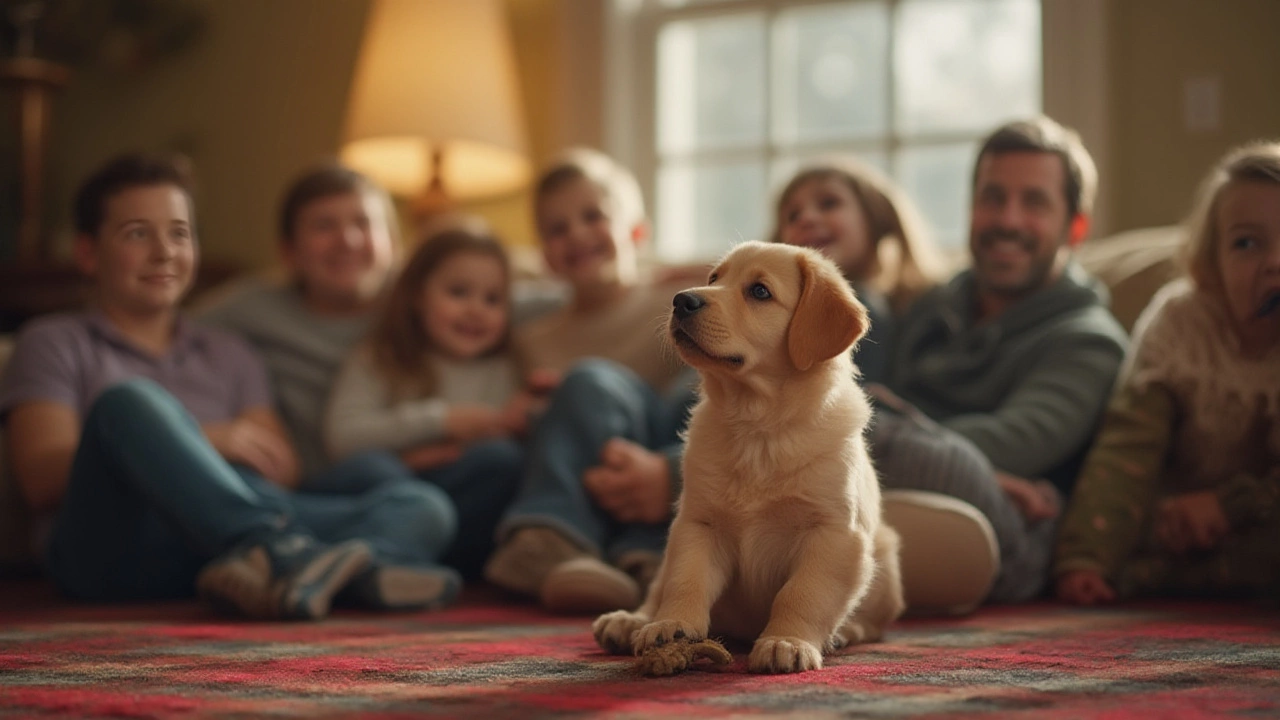Puppy Biting: What It Means and How to End It
If your new pup loves to nip at your hands, you’re not alone. Bite‑n‑play is a normal part of puppy life, but it can quickly become annoying. The good news is that the behavior is easy to curb with a few clear steps.
Why Puppies Bite
Puppies explore the world with their mouths. When they’re teething, their gums hurt, so they look for soft things to chew. Your fingers feel just right, so they bite. Also, puppies use their mouths to communicate. A quick nip can be a way of saying “stop” or “play.” Lastly, they learn from you. If a bite gets a big reaction, they may repeat it to get attention.
How to Stop the Biting
First, replace your hand with an appropriate chew toy. Keep a selection of safe toys nearby and redirect the bite instantly. When the pup bites the toy, praise them with a calm voice. If they bite you, let out a short, sharp “ouch” and stop the interaction for a few seconds. This tells the puppy that biting ends the fun.
Second, teach a “gentle” cue. Offer a treat in your palm, let the puppy lick it, then close your hand. When they stop trying to bite, say “gentle” and give the treat. Repeat this often; the puppy learns the word means “keep it soft.”
Third, give plenty of exercise. A tired puppy is less likely to bite out of excess energy. A brisk walk, a game of fetch, or a short training session can burn off that extra spark.
Fourth, use time‑outs sparingly. If the puppy continues to bite after a redirection, place them in a safe, quiet spot for about 30 seconds. This isn’t a punishment, just a pause that tells the pup the bite stopped the activity.
Lastly, be consistent. Every family member must follow the same rules. If one person lets the puppy bite and another stops it, the dog gets mixed signals and the habit can linger.
Remember, the goal isn’t to make the puppy scared of your hands, but to teach them what’s okay to bite and what isn’t. With clear redirection, a calm “ouch,” and plenty of chew toys, most puppies outgrow the nipping phase by the time they’re three to four months old.
If biting persists beyond six months, consider a short consult with a vet or trainer. Occasionally, underlying pain or anxiety can keep the habit alive. A professional can spot those issues early.
In short: give the pup proper toys, use a calm “ouch” and stop play when they bite, teach “gentle,” keep them exercised, and stay consistent. Follow these steps and you’ll enjoy a bite‑free cuddle soon.
When Do Puppies Stop Biting? Expert Puppy Biting Timeline & Tips
Curious when your puppy will stop biting? Learn what age puppies stop biting, why they bite, and get proven tips to curb puppy biting fast.
